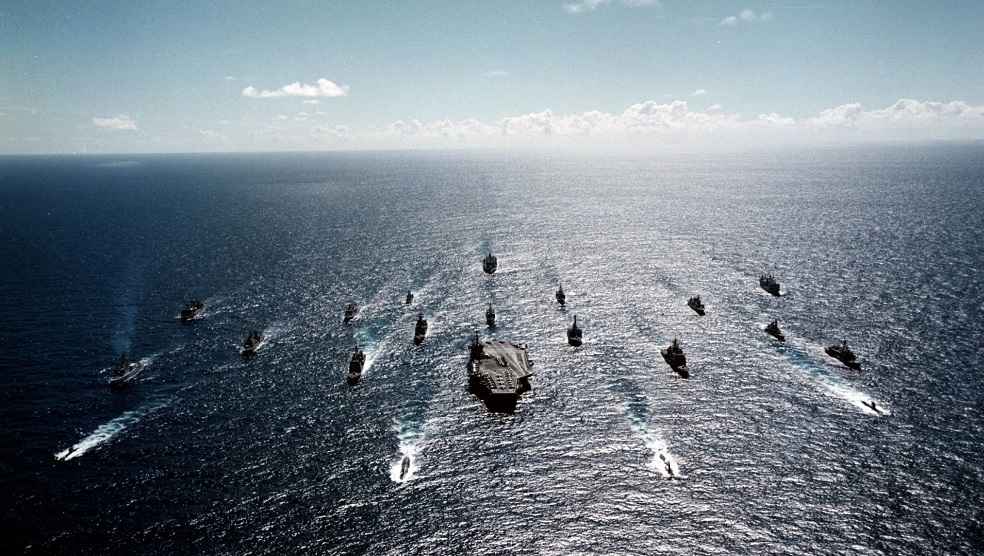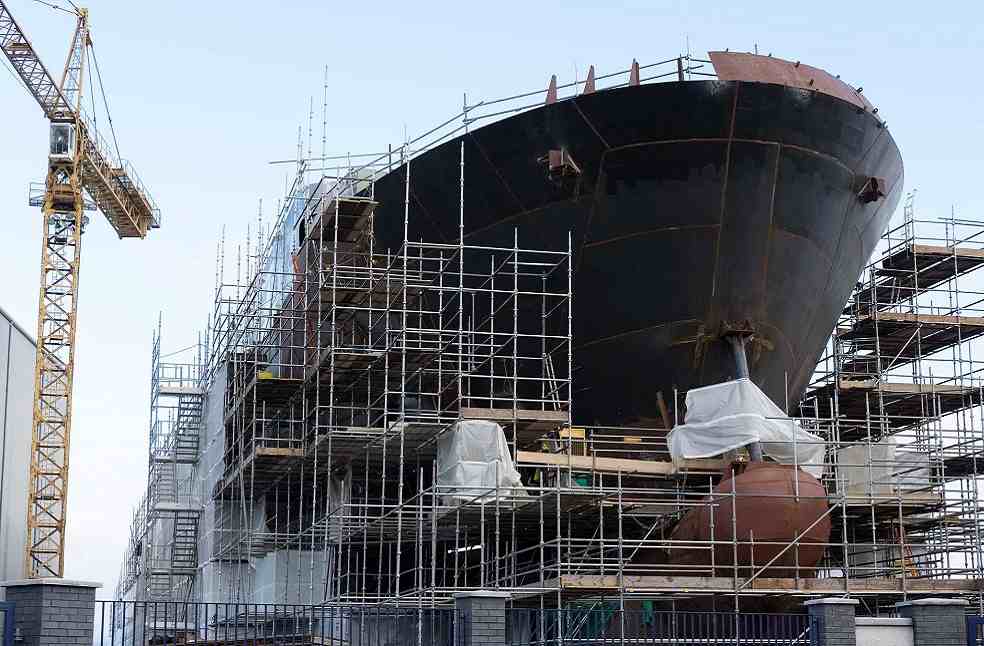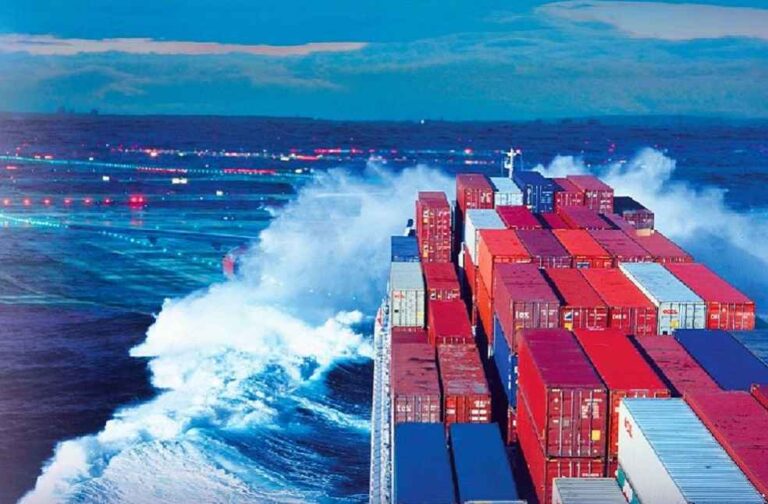The significance of the Red Sea shipping route for global trade is immense. For over six months, Houthi militias from Yemen have been targeting ships linked to Israel, significantly disrupting maritime traffic. These assaults coincide with Israel’s ongoing conflict with Hamas in Gaza, ignited by the massacre of Israeli citizens on October 7 last year.
Escalating Hostilities
On June 20, Houthi forces, claiming to fight for the Palestinian cause, executed a drone strike that sank a coal ship. This incident underscores the severity of the threat posed by the Houthis to international shipping.
US and British military vessels have repeatedly struck militia positions in Yemen in response. Two international coalitions have deployed warships to safeguard maritime traffic along the Yemeni coast. The German Navy, participating in the EU naval mission Aspides, is among the forces ensuring the security of this vital route.

Economic Impact on Global Trade
The Israeli-Hamas war has already strained global trade and the conflict’s spillover into the Red Sea has exacerbated the situation. Shipping costs and insurance premiums for commercial trade goods have surged due to the heightened risk of vessel loss in the Red Sea. This peril has compelled some shipowners to avoid the Suez Canal, opting instead for the longer and more costly route around the Cape of Good Hope, which significantly increases travel times and fuel consumption.
The Drewry World Container Index, a key indicator of the freight market, reported a 7% increase in shipping prices for a 40-foot standard container within the third week of June alone, a 233% jump compared to the same period last year. This steep rise highlights the financial strain on global trade networks.

Securing the Future
Ongoing efforts by international coalitions and individual nations to secure the Red Sea shipping route are crucial in mitigating the economic fallout. Yet, the persistent threat from Houthi militias continues to pose a significant challenge. As global trade adapts to these disruptions, the focus remains on stabilizing freight costs and ensuring the safe passage of vessels through this critical corridor.
Geopolitical dynamics in the region will undoubtedly shape the future of international maritime trade. The resilience of global trade networks will be tested as they navigate the complexities introduced by these multifaceted conflicts.
POLICY & LAW | WTO Chief Warns of Rising Protectionism and Fragmentation in Global Trade



